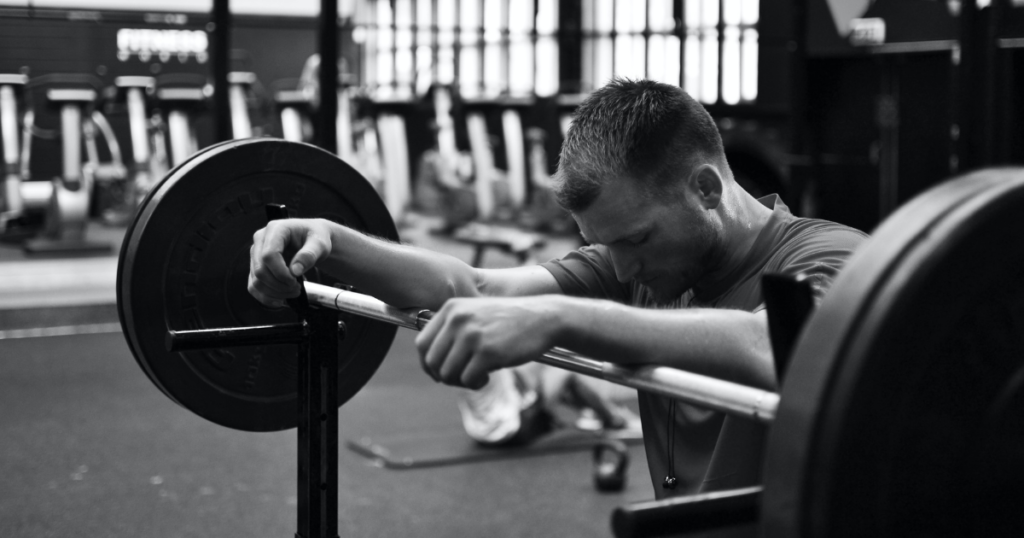We’re constantly swiping by headlines revealing the benefits of exercise–it’s no secret that exercise is the secret. But is it possible that physical movement can also contribute to the alleviation of symptoms in those with post-traumatic stress disorder? In this article, we discuss exercise as an effective supplemental remedy for PTSD.
What is PTSD?
According to the American Psychiatric Association, post-traumatic stress disorder or PTSD is “a psychiatric disorder that may occur in people who have experienced or witnessed a traumatic event.” We learn about traumatic occurrences in the news, such as death, abuse, crime, and violence. The victims and spectators of such circumstances are at risk of developing post-traumatic stress disorder.
Many people associate PTSD with veterans and survivors of war–while this is a clear-cut example of how the disorder manifests–it’s important to note that PTSD touches the lives of every demographic. Tragedy does not discriminate against age, culture, or socioeconomic status. As a result, one in eleven Americans will receive a formal diagnosis of post-traumatic stress disorder.
Barriers to Exercise for PTSD Survivors
Those living with PTSD experience symptoms such as anxiety, flashbacks, and nightmares–impacting their day-to-day lives. Unfortunately, research has shown that poor mental health can also harm the sufferer’s physical health. In a study published by Cambridge University Press, researchers linked survivors of the September 11 Terrorist attacks showing PTSD symptoms with greater rates of obesity than those in the control group.
Moreover, the intimidating nature of athletic environments such as fitness classes and gyms can deter those with PTSD from furthering their physical health. Some personal trainers and class instructors are known to yell, scream and even belittle clients. Environments such as this can breed an unfriendly, competitive setting for those just trying to stay in shape.
Furthermore, individuals who have survived a traumatic incident might experience stress and overwhelm as the heart elevates–triggering a fight or flight response–even though danger is not present. This process can produce flashbacks and the same feelings of fear that occurred during their traumatic life experience.
The Benefits of Exercise in those with PTSD
The best and most effective line of treatment in managing PTSD is to seek a medically trained trauma therapist. In conjunction with therapy, adding physical movement to your self-care regimen could drastically impact your well-being, both physically and mentally.
As the stigma of PTSD decreases, we see more research on how the disorder responds to exercise. A 2019 study offers promising results for exercise as a treatment for PTSD–concluding that aerobic exercise had noticeably positive effects–on both the mental and physical health of patients. Decreased anxiety, depression, and even possibly improved cognitive ability are all benefits observed in the experiment.
But it’s not just the research that has us ready to hit the gym. The concrete results lie with those who are experiencing the benefits of exercise first-hand. In an article by Kyli Rodriguez-Cayro, they discuss their journey with PTSD and an eating disorder, revealing that exercise has been a helpful tool in the healing process.

The Importance of Client-centered Fitness Coaching
Across the world, people from all mental health backgrounds come together in gyms, homes, and the outdoors for one goal: to get in shape. Exercise is a brief break from our sometimes chaotic lives, where we leave our baggage at the doorway–only leaving space for acceptance, understanding, and trust.
In the end, great personal trainers spend countless hours with their clients and eventually outcompete their job title–becoming confidants. Kindness, empathy, and boundaries lay the foundation for these professional relationships. On days when extra sensitivity may be appropriate or appreciation of the client’s unique capabilities and gifts are acknowledged–these are the moments that coaches and clients alike heal.
Conclusion
Research suggests that exercise can reduce symptoms of PTSD and increase quality of life. Even though breaking into an exercise routine can be overwhelming at first, a counselor or trusted friend can help you decide how many days a week you feel comfortable exercising.
Finally, much like finding a therapist, searching for a gym or personal trainer is about finding the right fit for your comfortability. At the end of your workout, you should feel empowered, not run down. RozeFit focuses on creating a safe, pain-free exercise regimen to help his clients feel confident in their changing bodies. To learn more about these services, please click here.
About the Author
Emily May is a blogger and freelance writer on topics related to wellness, travel, and trauma. She’s a certified Rape Crisis Counselor in the state of New York and is passionate about raising awareness for human rights issues.



